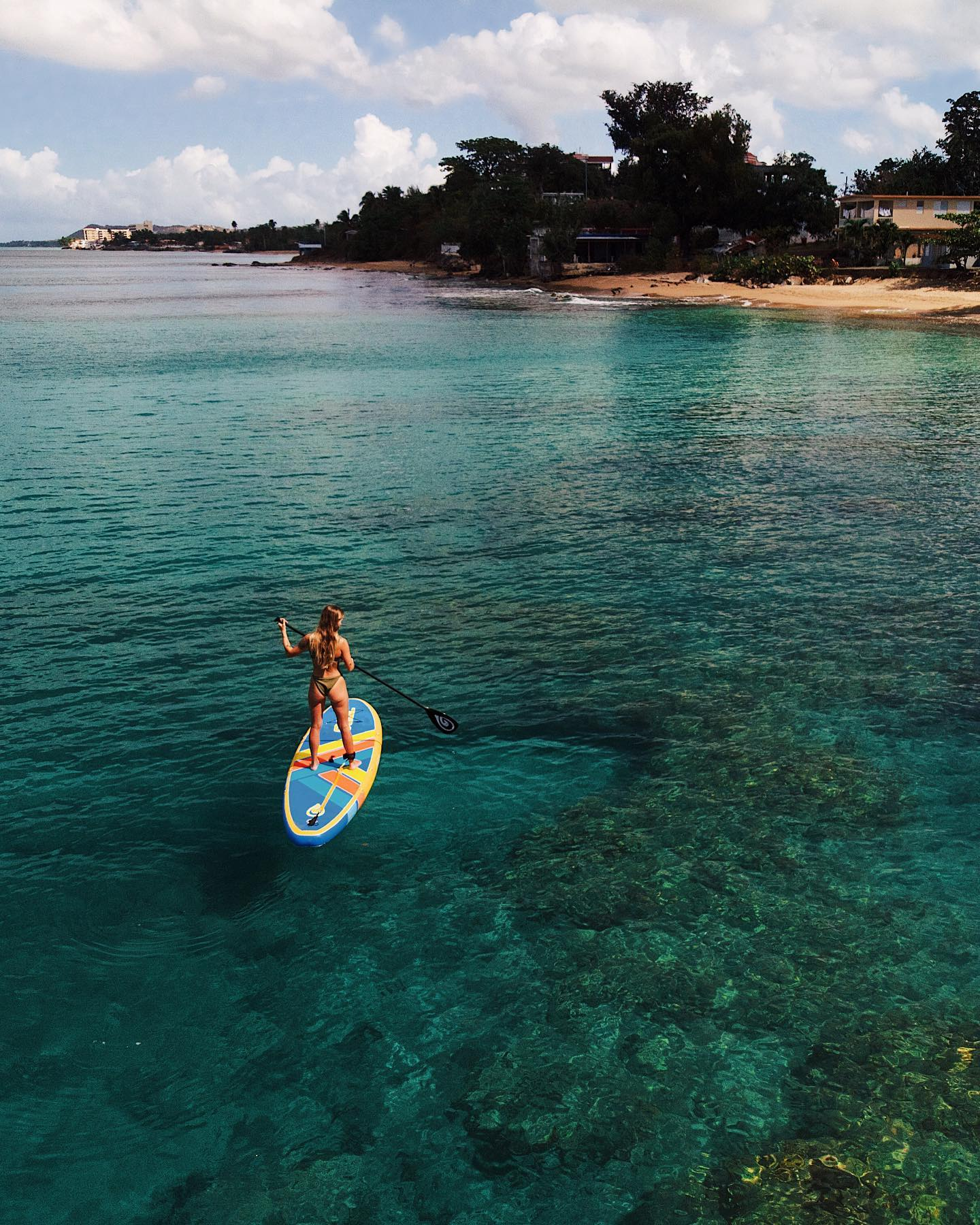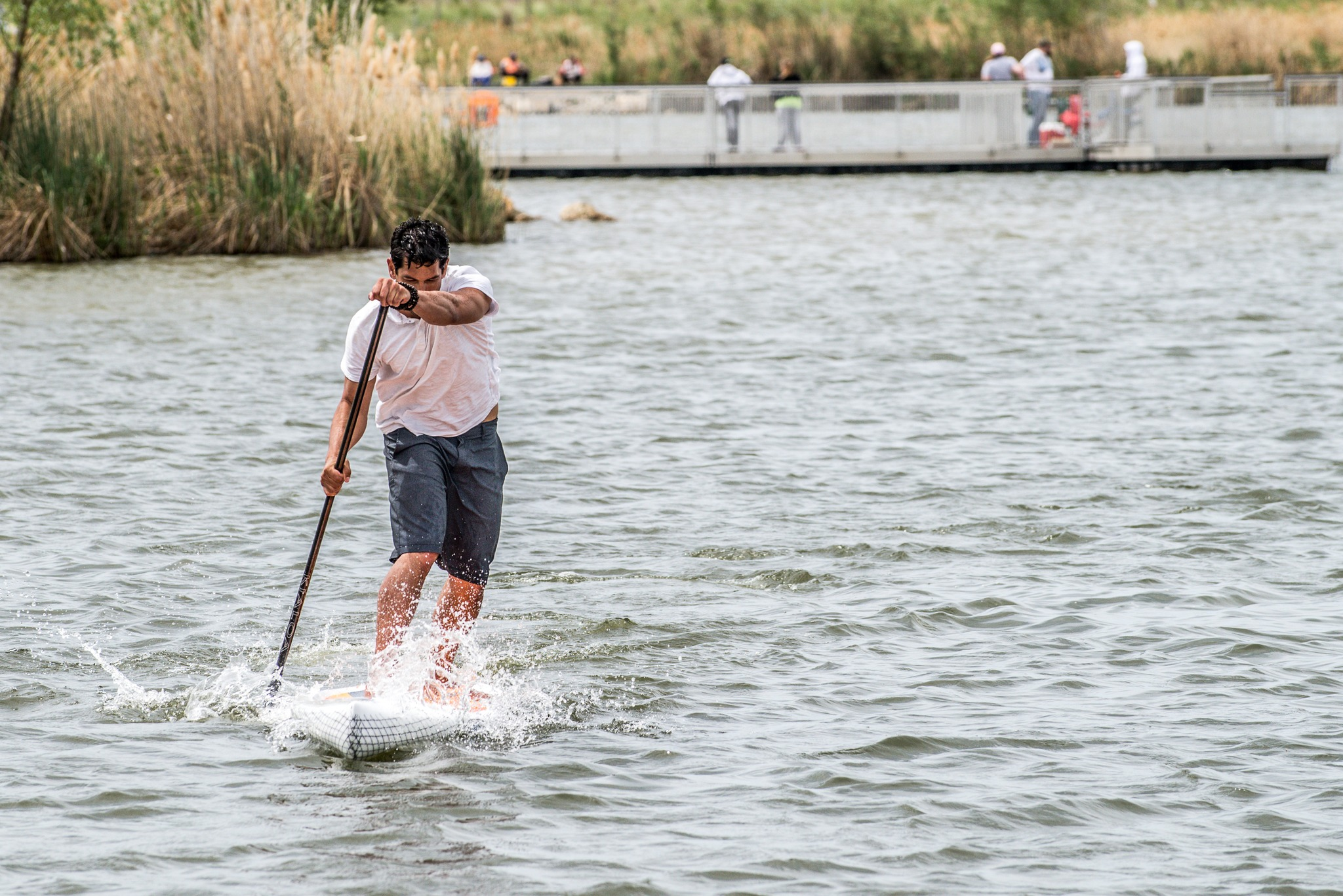
How to Master the Proper Stand Up Paddle Board Paddle Stroke
Learn how to perfect your paddle stroke on your stand up paddle board.
Key Highlights
- Understanding Equipment and Posture: Importance of selecting the right paddle board and maintaining proper posture for effective paddling.
- Choosing the Right Paddle: Guidelines for selecting a paddle that enhances stroke efficiency, including considerations for paddle length and material.
- The Anatomy of a Proper Paddle Stroke: Detailed breakdown of the three main phases of paddle stroke: The Reach, The Power Phase, and The Recovery.
- Engaging Your Core: Tips for utilizing core muscles to improve balance and power in each stroke.
- Keeping Your Paddle Vertical: Techniques for maintaining paddle verticality to maximize forward propulsion and maintain direction.
- Practicing to Perfection: Encouragement for practicing in various water conditions to refine paddle stroke skills.
- Prioritizing Safety: Safety tips for paddle boarding, including the use of personal flotation devices and weather awareness.
- Balancing Act: Strategies for balancing on different types of SUP boards and how it impacts paddle stroke.
- Fine-Tuning for Different Boards: Adjusting paddle strokes for various board types to achieve optimal performance.
Introduction
Stand up paddle boarding (SUP) is not just a sport; it's an adventure on water. Whether you're gliding on flat water with an inflatable paddle board or conquering waves with solid boards, the magic lies in the correct paddle stroke. The paddle stroke is more than just the means of propulsion; it is the key to a balanced, efficient, and fulfilling SUP experience.
Understanding the Basics: Equipment and Posture

Before we jump into the technicalities of paddle strokes, let's discuss the basics of paddle boarding. From inflatable paddle boards for beginners to solid paddle boards for advanced paddlers, your paddle board choice plays an integral role in your overall experience. For instance, a multi person paddle board might require a different approach to paddle strokes than a single user board.
As noted in this article from Glide SUP, posture is crucial. Stand tall with your feet hip-width apart, knees slightly bent and eyes forward. Your paddle should be upright with the blade's angle facing away from you.
Choosing the Right Paddle
A lightweight carbon fiber paddle is an excellent choice for beginners. The paddle's length should be 6-8 inches taller than you, and the grip should be comfortable. You may also consider a paddle with an adjustable length to suit various paddling situations and styles.
The Anatomy of a Proper Paddle Stroke

Mastering the paddle stroke involves understanding and perfecting three main phases: The Reach (or Entry), The Power Phase (or Stroke), and The Recovery.
The Reach (or Entry)
This is the start of the paddle stroke where the paddle enters the water. Reach as far forward as you comfortably can, extending your lower arm fully. This extension engages your coremuscles and allows for a longer, more efficient stroke.
The Power Phase (or Stroke)
Following the entry, this phase is where you draw the paddle through the water alongside your board. Use your torso, not just your arms, to pull the paddle through the water. This engagement of larger muscle groups reduces fatigue and increases power.
The Recovery
Recovery is the phase where the paddle is out of the water and returning to the entry position. It should be a smooth, relaxed movement, allowing you a brief moment of rest before the next stroke.
Techniques to Improve Your Paddle Stroke
There are some techniques that can help you improve your paddle stroke. The article Paddling Techniques for Stand Up Paddle Boarding on Glide SUP is a fantastic resource for this.
Engage Your Core
Engaging your core muscles is crucial for an efficient and effective paddle stroke. It provides stability, increases power and helps maintain balance.
Keep Your Paddle Vertical
Try to keep your paddle as vertical as you can during the power phase. This technique provides the best forward drive and helps to keep the board going straight.
Practice Makes Perfect
As with any new skill, practicing your paddle stroke will lead to improvement over time. Spend time on different types of water – flat water, choppy water, in the surf – to challenge yourself and refine your stroke in varying conditions.
Combining Balance with Paddle Stroke
Perfecting your paddle stroke also involves understanding and maintaining balance on your board. Each phase of the paddle stroke affects your board's stability, which in turn influences your stroke's efficiency. From beginner paddlers on a wide, stable inflatable SUP to advanced paddlers on narrower, racing boards, maintaining balance is crucial for a smooth and effective paddle stroke. Make it a point to regularly practice your balance in different conditions. Whether it's flat water or choppy seas, being able to maintain balance while executing a proper paddle stroke is a skill that will significantly enhance your paddle boarding experience.
Fine-Tuning Your Paddle Stroke for Different Boards
Lastly, it's essential to realize that different types of boards will require subtle adjustments to your paddle stroke. For instance, maneuvering a touring board with a displacement hull might require deeper, more forceful strokes compared to a light, all-around paddle board with a planing hull. Similarly, a longer board will track straight more effectively, allowing for fewer corrective strokes, while a shorter board will require more frequent switches of the paddle from side to side. Understanding these nuances and fine-tuning your paddle stroke accordingly can help you achieve maximum efficiency and enjoyment on any type of board. Always remember, the best paddle board is not always the most advanced or expensive one, but the one that best suits your individual needs and skills.
Conclusion

Mastering the paddle stroke is a journey of learning, practice, and fine-tuning. It's not just about physical prowess, but about understanding your board, your paddle, and the water. So get your inflatable or solid paddle board ready, grab your paddle, and start paddling. Each stroke will bring you one step closer to mastering this thrilling sport.

